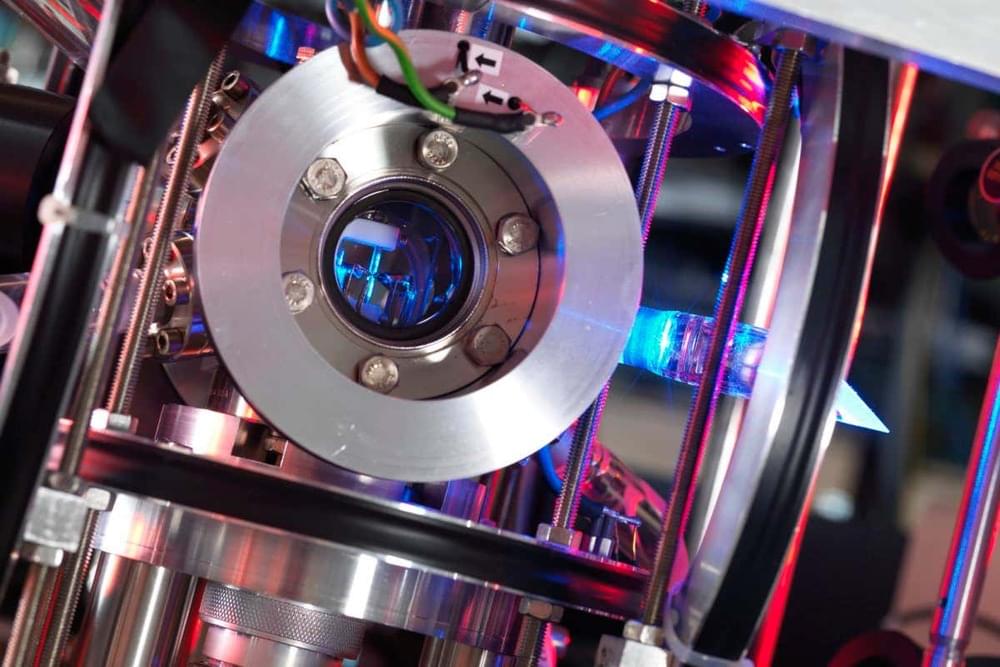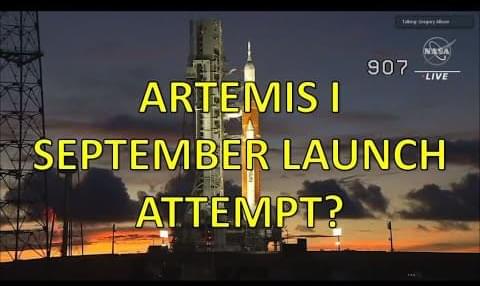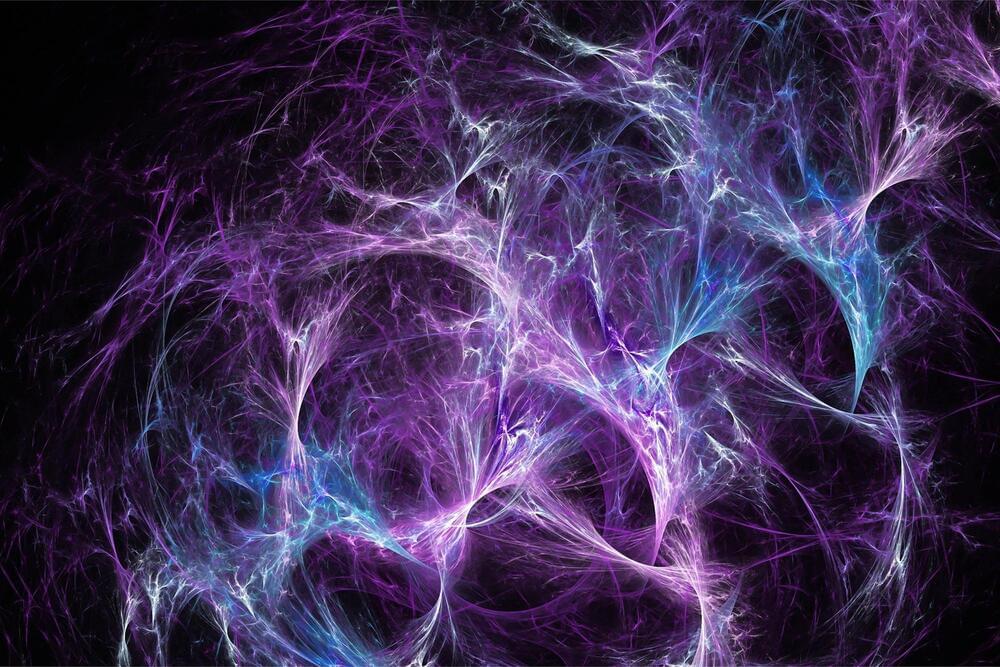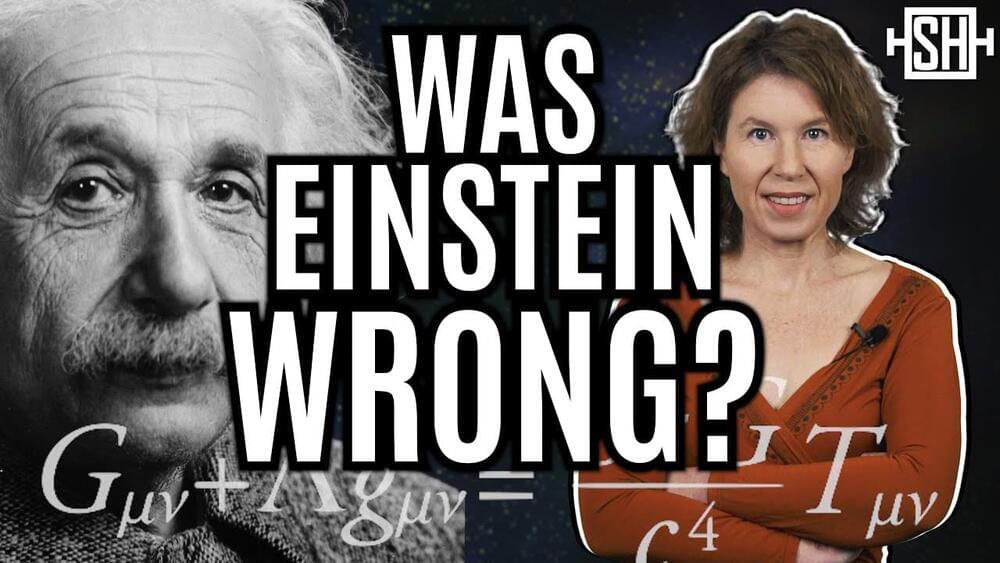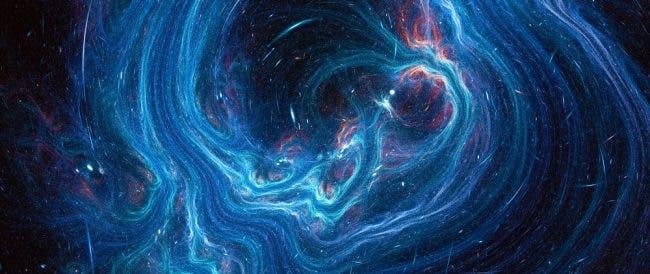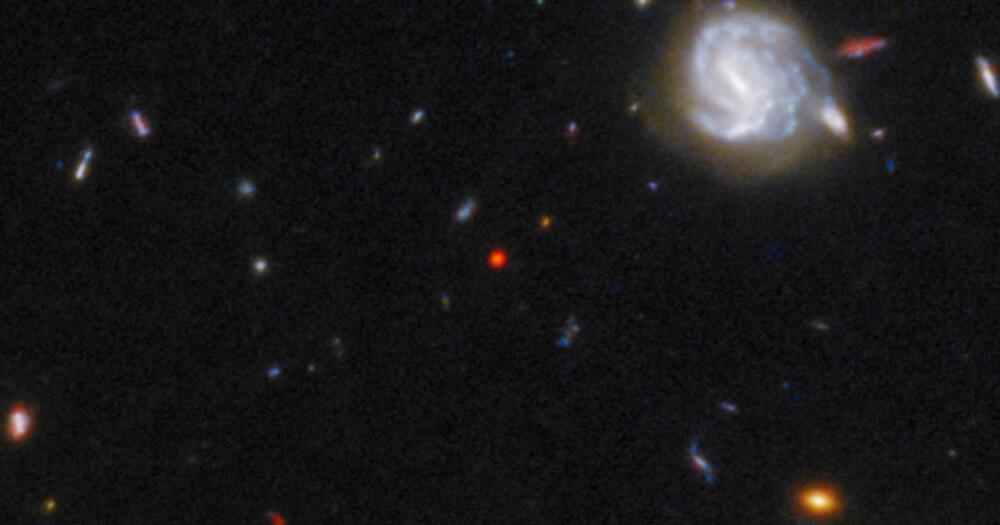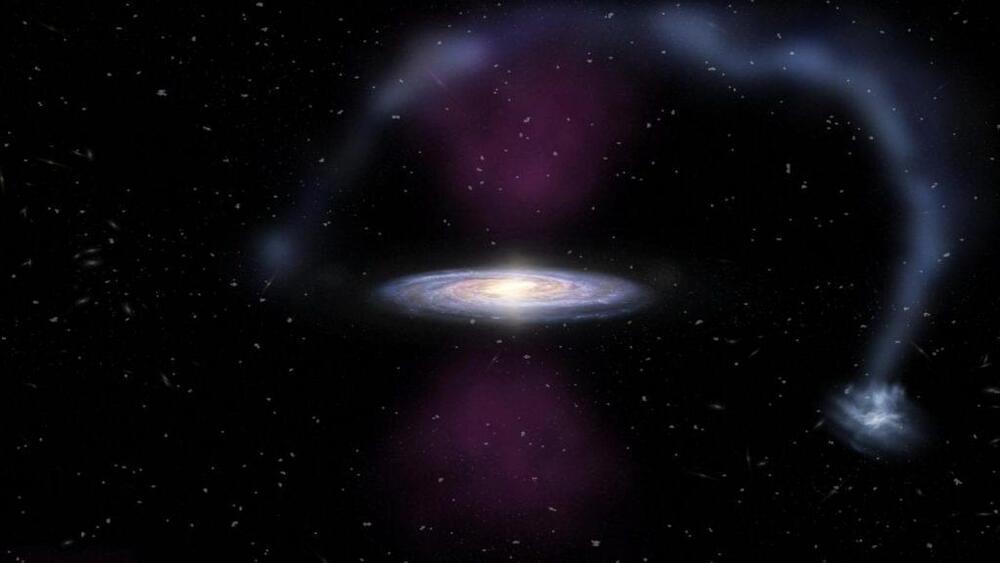
According to a University of Portsmouth study, a new physics law could allow for the early prediction of genetic mutations.
The study discovers that the second law of information dynamics, or “infodynamics,” behaves differently from the second law of thermodynamics. This finding might have major implications for how genomic research, evolutionary biology, computing, big data, physics, and cosmology develop in the future.
Lead author Dr. Melvin Vopson is from the University’s School of Mathematics and Physics. He states “In physics, there are laws that govern everything that happens in the universe, for example how objects move, how energy flows, and so on. Everything is based on the laws of physics. One of the most powerful laws is the second law of thermodynamics, which establishes that entropy – a measure of disorder in an isolated system – can only increase or stay the same, but it will never decrease.”
